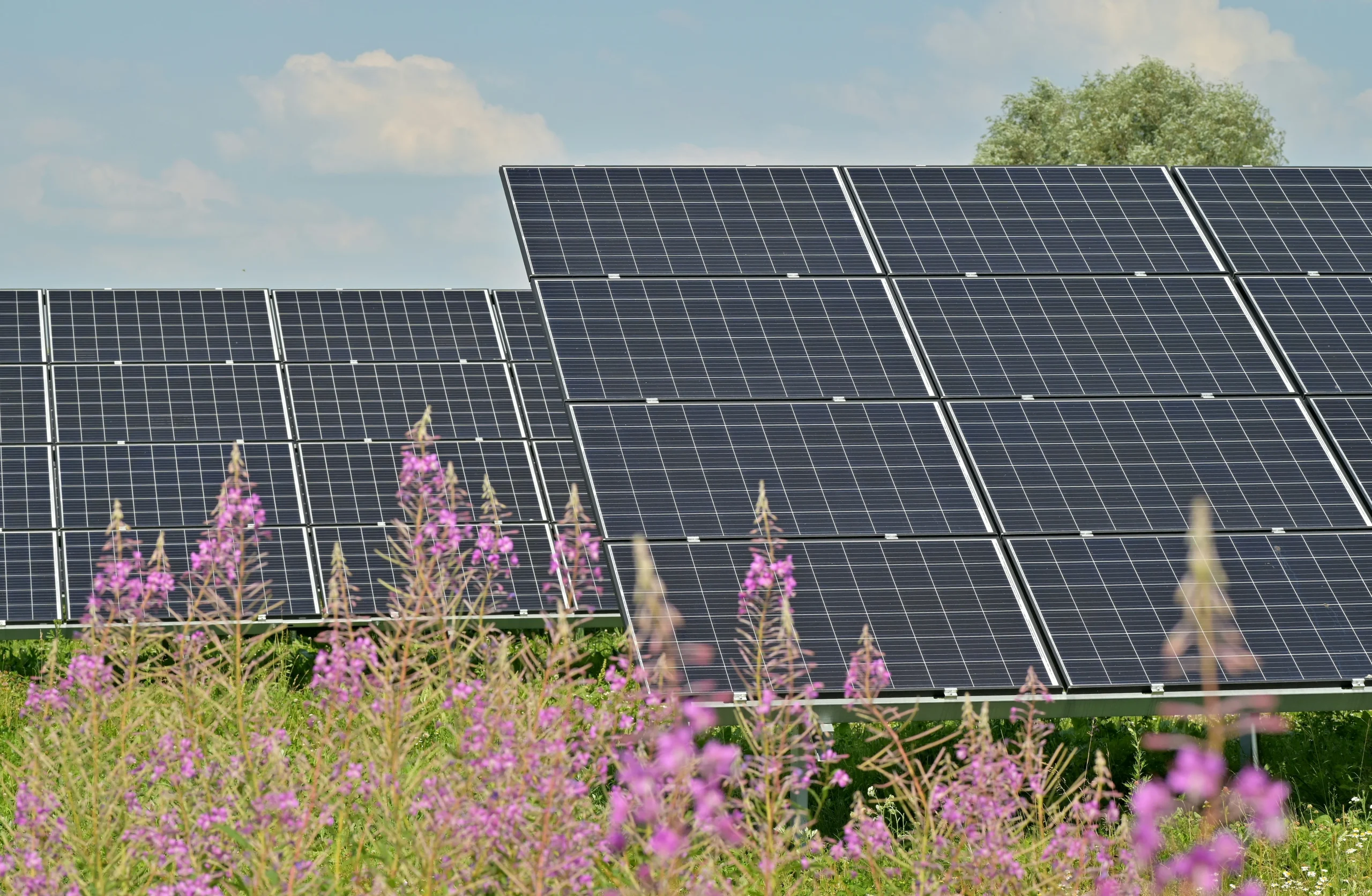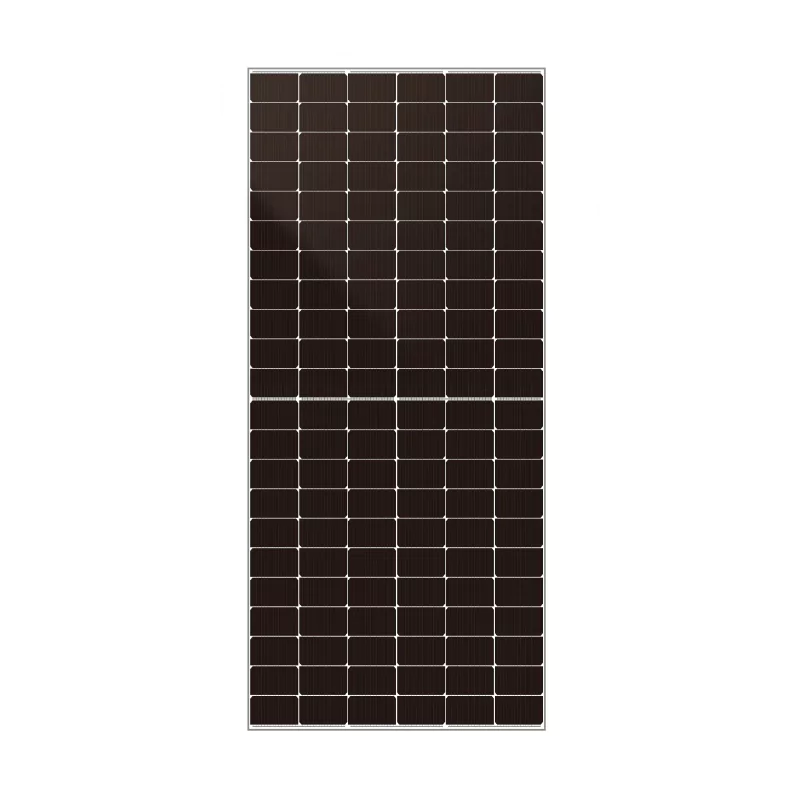Solar panel efficiency is super important for making clean energy work well. It decides how much sunlight turns into electricity we can use. From the basic way solar panels work to cool new ideas like tandem cells and perovskites, this guide digs into the science of efficiency, new breakthroughs, and what’s coming next. We’ll look at what holds efficiency back, how solar panels are used in real life, and neat solutions that might make them even better. This will help you see why some solar panels do better than others and how new tech could change clean energy forever.
The Science Behind Solar Panel Efficiency
What is the Photovoltaic Effect?
The photovoltaic effect is the cool trick that lets solar panels turn sunlight into power. It happens when sunlight hits a special material, like silicon. The light’s bits, called photons, bump electrons loose. This makes an electric current flow. It’s the heart of all solar panels. New materials, like N-type TOPCon solar panels, make this process even better. They give more power and cost less to run.
What Stops Solar Panels from Being Super Efficient?
Lots of things affect how well solar panels work. The quality of the material is a big one. If the material has flaws or dirt, electrons can’t move as well. Weather, like hot temperatures, can mess things up too. Heat makes it harder for electricity to flow. Plus, some sunlight bounces off the panel, or shadows and bad angles waste energy.
Is There a Top Limit for Efficiency?
There’s a science rule called the Shockley-Queisser limit. It says a regular solar panel can only hit about 33% efficiency. That’s because not all sunlight can make electricity. Some light is too weak to move electrons. Other light makes extra heat that gets wasted. Fancy multi-junction cells try to beat this by grabbing more kinds of light.
Current Technological Advancements in Solar Panels
How Have New Materials Changed Solar Panels?
New materials have made solar panels way better. Multi-busbar (MBB) tech cuts energy waste and boosts power. Bifacial solar panels are super neat because they grab sunlight from both sides. This makes them awesome for big power plants.
Are Multi-Junction Solar Panels the Future?
Multi-junction solar panels stack different materials. Each layer catches a different kind of light. This lets them beat regular panels’ efficiency limits. They’re great for places needing lots of power in small spaces, like spaceships.
What Do Perovskite and Tandem Tech Do?
Perovskite materials are a big deal. They soak up light really well and are cheap to make. Tandem tech mixes perovskites with silicon solar panels. These hybrid systems can hit over 40% efficiency. They could make home and business solar panels way more powerful.
Challenges to Achieving 100% Efficiency
Are There Science Barriers?
Science rules, like thermodynamics, put limits on solar panels. One rule says some energy always turns into heat, not electricity. Quantum stuff makes it tricky too. Only certain light bits can push electrons. Others just don’t work.
How Do Energy Losses Hurt Solar Panels?
Solar panels lose energy in a few ways. Some sunlight bounces off the surface. Electrons can get stuck before making power. Wires inside can waste energy too. Better coatings and smarter designs help, but they can’t fix everything.
What Real-World Problems Get in the Way?
Dust, wild weather, and hot or cold temperatures make it hard for solar panels to stay efficient. Big projects also face issues like finding enough land or recycling old panels. These practical challenges slow down the dream of perfect efficiency.
Want cool solar panel solutions for your home or big power plant? Check out WonVolt’s website. They’ve got top-notch clean energy gear for awesome performance.
Commercial and Industrial Applications of High-Efficiency Solar Panels
Why Is Efficiency Super Important for Big Systems?
Efficiency is a big deal for huge energy setups. High-efficiency solar panels make the most power in small spaces. This is key for businesses and factories where every inch counts. Big power plants need these panels to meet giant energy needs. Stuff like high bifaciality in fancy solar panels grabs more sunlight, even in tough spots. Efficiency also keeps costs low by making electricity cheaper, which is a big win for money-saving projects.
How Do Solar Solutions Fix Efficiency Problems?
Features of Advanced Commercial and Industrial Energy Storage Systems
Modern solar panel systems use smart tech to boost efficiency. Multi-busbar (MBB) solar panels cut power waste and grab more energy. These are great for big projects that need steady power for years. Bifacial solar panels soak up light from the front and back, making them super strong.
N-type TOPCon solar panels are another game-changer. They give lots of power while keeping costs down. They’re perfect for places where saving money and staying strong matter most.
Looking for top solar panel gear for your business or factory? Visit WonVolt. Their cool products meet the highest clean energy standards.
Future Prospects for Solar Panel Efficiency
Which New Tech Could Make Efficiency Even Better?
New ideas are pushing solar panel efficiency to new heights. Tandem solar panels, mixing silicon with perovskites, have hit over 40% efficiency. They grab more kinds of sunlight than regular panels. Quantum dot tech is another neat idea. It tweaks light bits to make more power.
High bifaciality and better temperature handling in new solar panels are big steps forward. They work great in all kinds of weather.
What Research Is Tackling Efficiency Problems?
Scientists are working hard to beat science limits. They’re making materials purer and designing solar panels smarter to lose less energy. New coatings and bumpy surfaces catch more light and waste less.
Recycling old solar panels is a big focus too. Finding ways to reuse materials keeps projects green and cheap.
How Are Next-Gen Solar Panels Being Built?
The future of solar panel efficiency is all about new ideas. Multi-busbar (MBB) tech and bifacial solar panels show how small changes make big wins. Companies are mixing these into solutions for homes, businesses, and huge power plants.
With solar panel parts making 588GW a year and growing over 13%, the industry’s ready for big changes. Making more while keeping costs low is the goal, and new tech is leading the way.
FAQ
Q1: What makes bifacial modules better than regular panels?
A: Bifacial solar panels grab sunlight from both sides. They use reflected light from the ground to make more power.
Q2: Can tandem solar panels beat today’s efficiency limits?
A: Yes! Tandem solar panels mix materials to catch more light types. They can go past 40% efficiency.
Q3: Why is recycling old panels important?
A: Recycling cuts down on waste by saving useful materials. It keeps big solar panel projects green and friendly to the planet.



